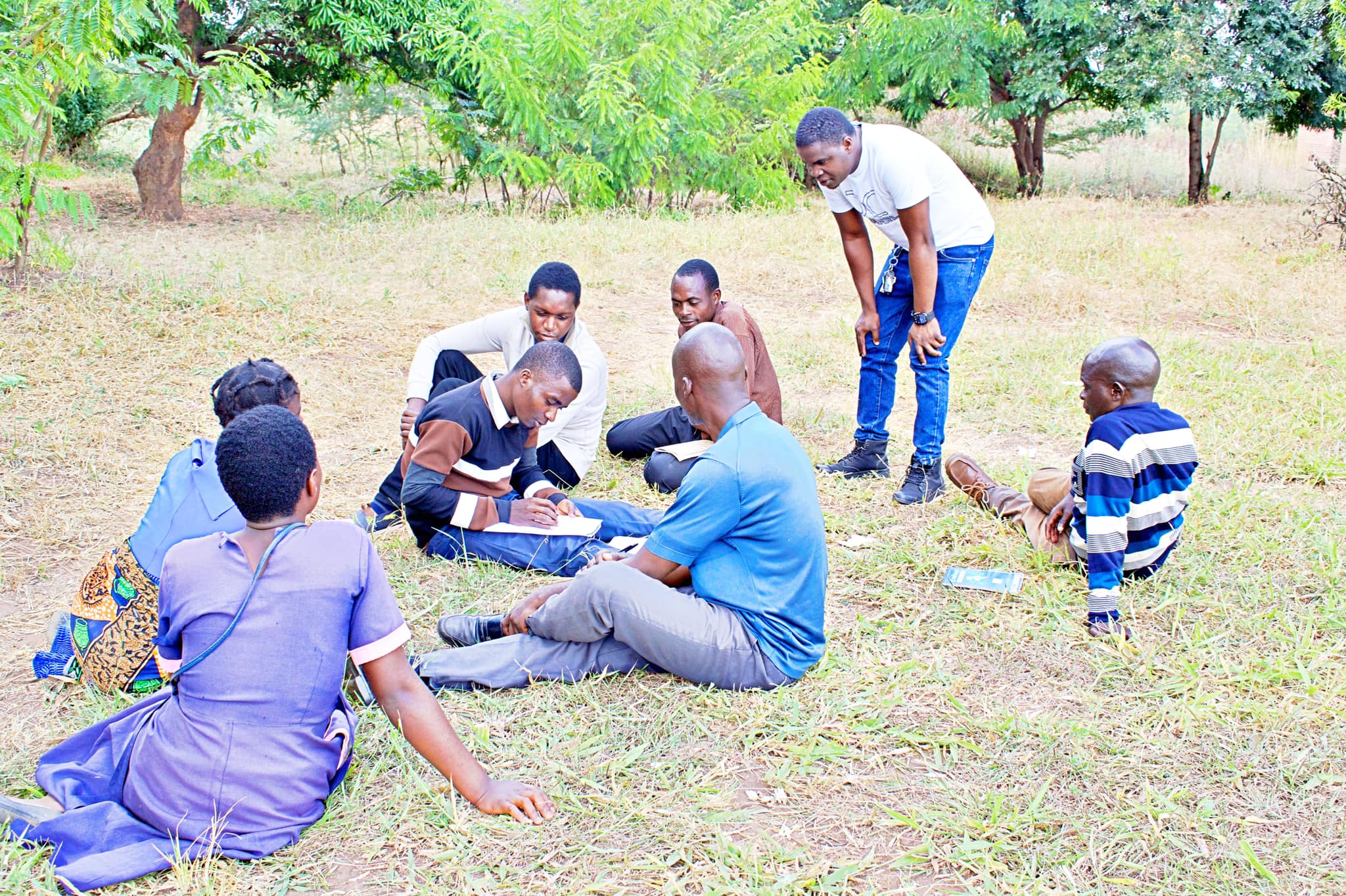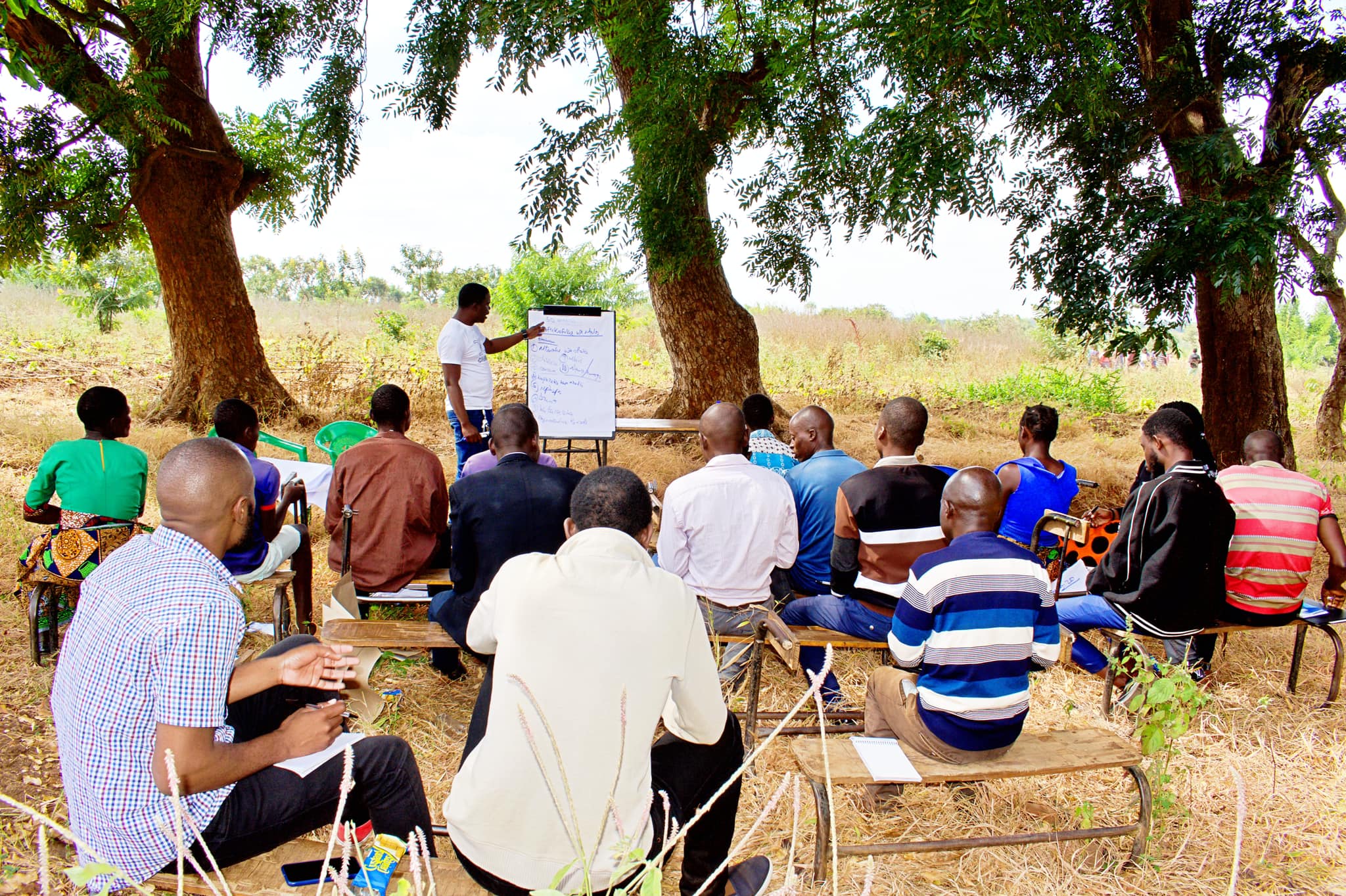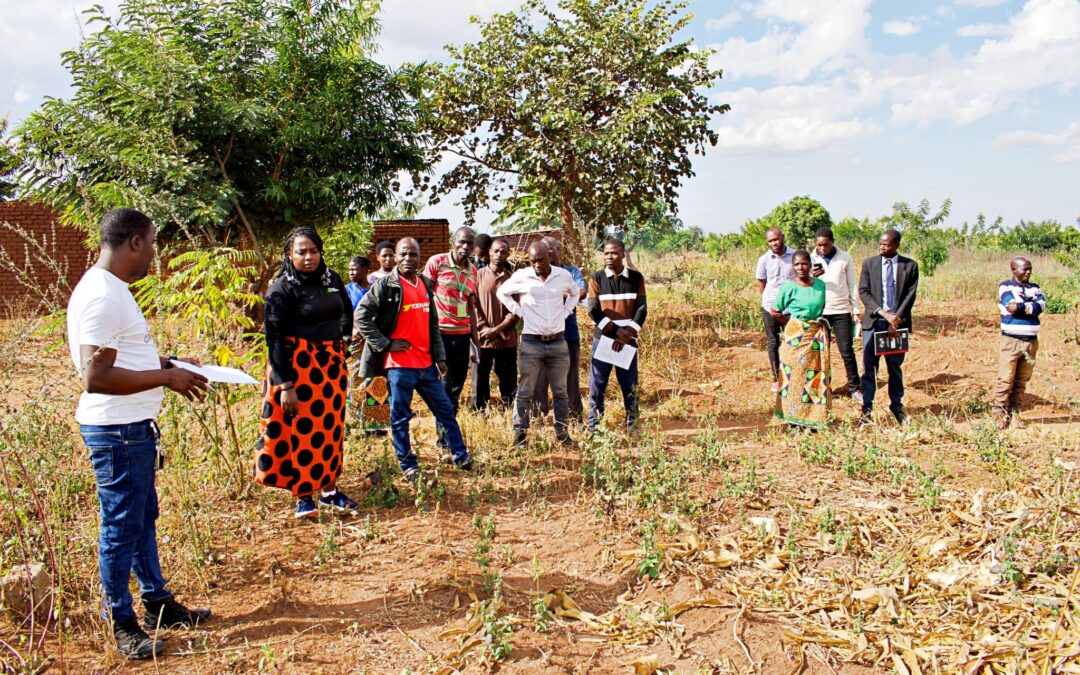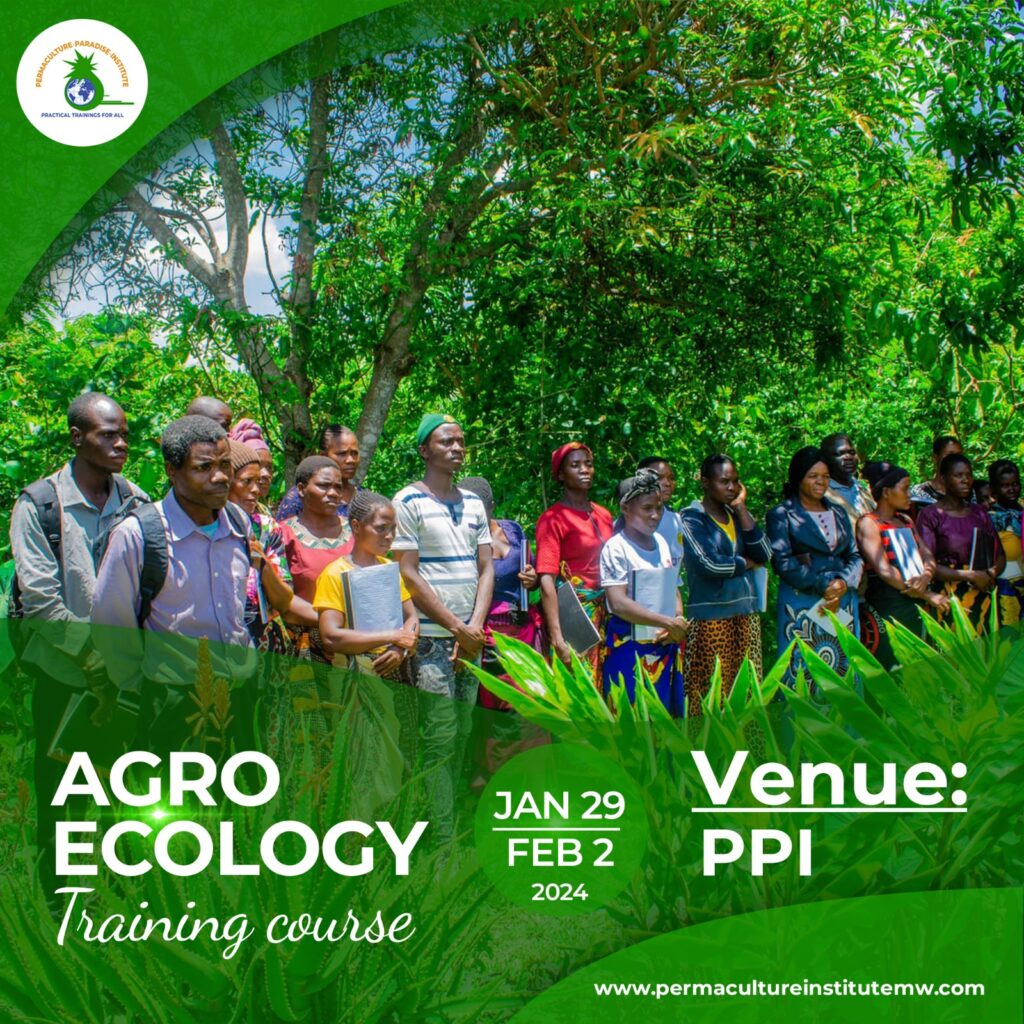The sun rose gently over Katsumwa, casting a golden hue across the primary school grounds as participants gathered once more for the second day of the transformative Permaculture training course. Sponsored by Good Neighbors, today’s focus was on the essential skills of mapping and design methods—crucial tools for creating sustainable and productive ecosystems.
As the morning unfolded, the excitement from the previous day’s activities carried forward. The participants, now familiar with the foundational principles of permaculture, were eager to dive deeper into the practical aspects of ecological design. The atmosphere buzzed with anticipation as they prepared to learn how to transform their theoretical understanding into tangible, actionable plans.
Mapping is a fundamental component of permaculture design, providing a visual representation of the landscape that helps in planning and decision-making. Today’s session began with an introduction to the art and science of mapping, emphasizing its role in understanding the natural features and flows of the land. Participants were taught how to observe and document various elements of their environment, including topography, water sources, and existing vegetation. This holistic view allows for the creation of designs that work in harmony with nature rather than against it.
The hands-on component of the training brought mapping to life. Equipped with tools and guided by expert trainers, participants explored the school grounds, sketching detailed maps and identifying key features of the landscape. The activity was more than just an exercise; it was a practical application of permaculture principles. As they meticulously noted the contours of the land and the paths of water flow, there was a growing appreciation for the intricate connections within the ecosystem.

With maps in hand, the next phase of the day’s training focused on design methods. Participants were introduced to various design techniques that leverage the natural characteristics of the land to create sustainable agricultural systems. This included understanding zones and sectors—concepts that help in organizing and prioritizing different areas for specific functions. The aim was to design spaces that maximize efficiency, reduce waste, and enhance productivity.
The design process was collaborative and dynamic. Groups worked together to draft plans for their own permaculture projects, using the maps they had created as a foundation. Discussions flowed freely as they considered how to best use available resources and integrate new elements into their designs. The synergy of ideas and the shared vision for sustainable living were palpable, creating a vibrant atmosphere of creativity and innovation.
Good Neighbors’ support continued to shine through, providing not only the resources but also the inspiration for the participants to envision and build their permaculture systems. Their commitment to fostering sustainable communities was evident in every aspect of the training, reinforcing the importance of education and practical skills in driving long-term ecological and social benefits.

As the second day drew to a close, participants left with a sense of accomplishment and a deeper understanding of how to design for sustainability. The skills they acquired today are vital stepping stones towards creating resilient, self-sustaining environments that can thrive for generations. The combination of mapping and design has equipped them with the tools to turn their permaculture visions into reality.
The journey at Katsumwa Primary School is just beginning, but the seeds of knowledge and enthusiasm planted over these two days promise a future where the community can flourish in harmony with nature. With Good Neighbors’ continued guidance and support, Katsumwa is on a path to becoming a model of sustainable living.
Stay tuned for more updates as we continue to follow the progress of this inspiring initiative. Together, we are charting a course towards a brighter, greener future.



